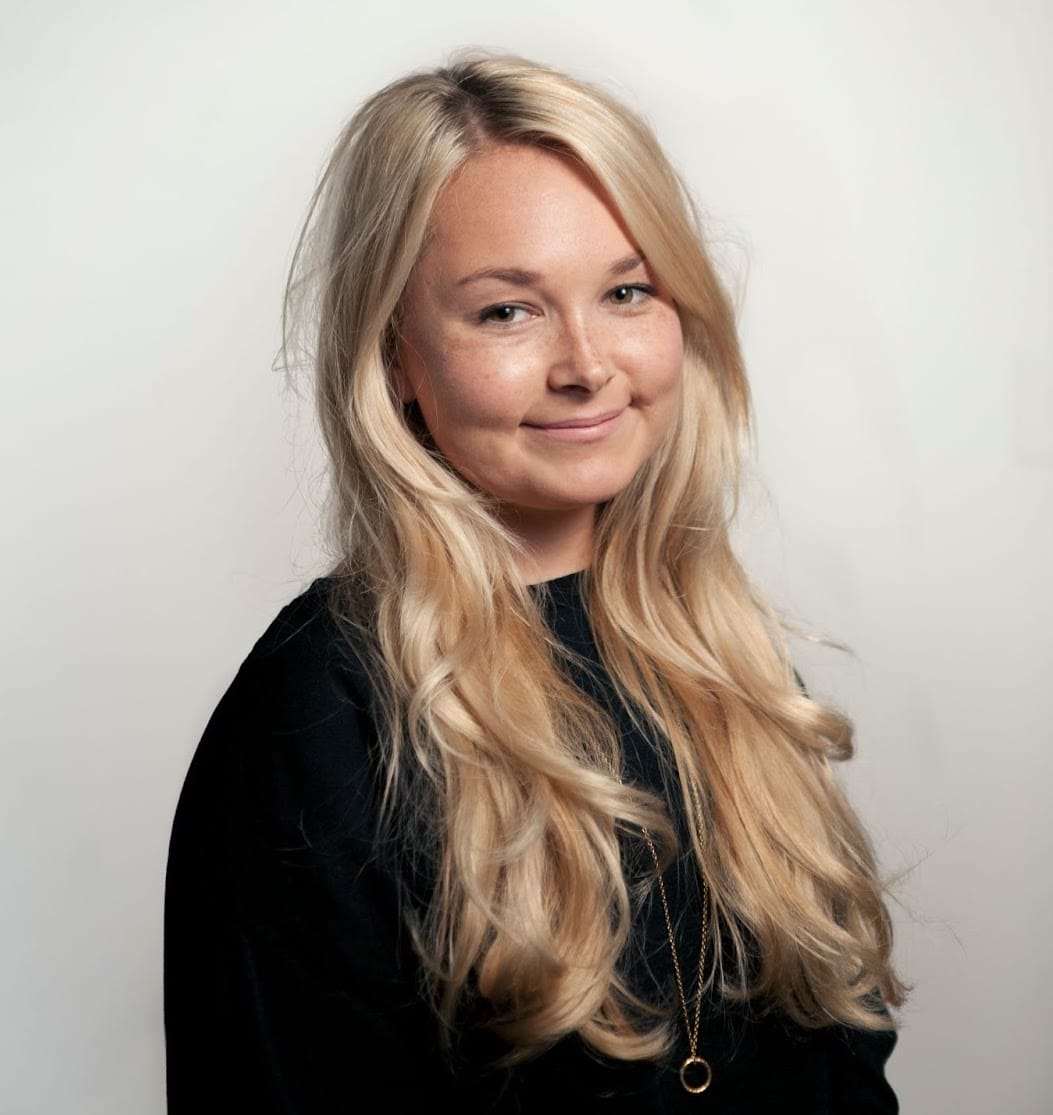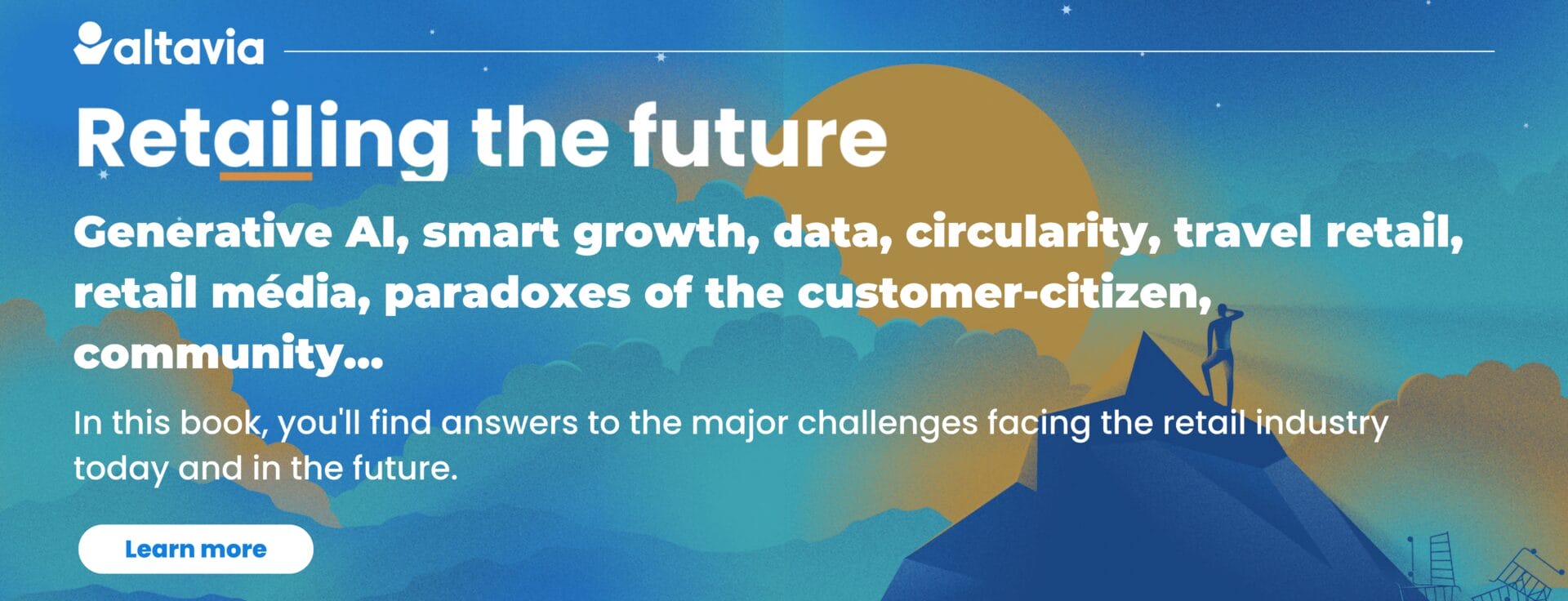Women executives in retail #13: Emma Watkinson, co-founder & CEO, SilkFred.
Women who have reached senior positions in the retail world are (all too) rare, not to mention invisible, which is why we decided to get to know them better by inviting them to tell us about their career paths, the challenges of the past and those of the future.
Q&A with Emma Watkinson, co-founder & CEO, SilkFred.
Can you tell us a little about SilkFred?
SilkFred solves two problems: ‘I have nothing special to wear’ and ‘I want to start a fashion brand but don’t know how’ in one place. Through our online womenswear fashion marketplace, we empower people to both sell their fashion designs online and discover unique fashion. We surface the perfect outfits for social occasions from hundreds of emerging, established and exclusive brands. We have helped hundreds of fashion brands launch and grow their businesses online. It’s so exciting to be working with fashion’s new generation.
What were the key drivers for creating the business?
We saw that there were passionate designers who had great products but no real route to market. There were other marketplaces like eBay and Etsy at the time that were fantastic for second-hand or crafts, but nothing that catered specifically to up and coming fashion brands who wanted to grow a direct to consumer offering.
We also felt that the traditional wholesale model was broken. It was expensive, risky and slow to react to demand. It also meant that new brands didn’t get to test and learn what worked for them and what didn’t. If a collection didn’t do well, they wouldn’t have that real time visibility over customers’ reactions and next season they could be dropped by retailers.
There was also a lot of over-production, which is a waste and of course puts brands in the uncomfortable position of having to discount a lot to clear through stock. We wanted to provide access and choice to exciting designers at high street prices. Getting dressed up should be fun and easy and we want as many people as possible to be able to access special unique pieces, not just luxury customers who can afford high end brands.
What are the USP’s of the business?
I think for SilkFred, one of core USPs is that we have an ever-evolving treasure trove of fashion – created by not just one design team or buying team, but effectively hundreds of them.
The fast fashion landscape is currently a land of extremes. Our customers are graduating from fast fashion as they move into their late 20s and they come with expectations of a fuss free, seamless experience. They no longer want mass-produced fashion, they want more sophisticated products that are better quality and more unique. So for us, it’s really about surfacing brands and products our customers get excited about and want to tell their friends about.
Can you share some numbers about the business?
We recently hit the milestone of two million customers which is testament to the community of independent brands and customers we’ve built. In 2011 we didn’t exist and today two million people decided to buy independent fashion.
The eco-system of SilkFred helps to support hundreds of businesses who in turn employ thousands of people, engage with suppliers who then build-up their businesses too – it’s incredible really and when I think about why we’re here, I think about these things and that responsibility to our community is a driving force.
What are the biggest opportunities?
I believe the biggest opportunities right now for us are in developing our proposition so that anyone can launch and grow a successful fashion brand online, whilst focusing on the aspects they love the most and using technology to make the discovery process faster and more fun. Being customer centric is something that gets thrown around a lot but as a community-powered business, this is what we live every day. We’re always working on creating new ways to shop.
What business challenges have you faced and what elements have you had to adapt?
Too many to list here! But what I would say is this…The challenges are plenty and learning how to react as they present themselves has been one of the toughest learning experiences for me.
Over 10 years in and in a vastly different place than when we started out, the challenges don’t feel harder or easier, they are just the same. What I think changes is how you manage through them. You learn a little more each time.
I think resilience and commitment are generally undervalued. There are many moments where giving up might look like the path of least resistance. I think massive progress can be made when you can push through difficult times.
I hear this question a lot on podcasts/ interviews etc…how much success do you attribute to luck and how much do you attribute to hard work. I want to add in another factor there – people. So many people have worked to make this happen, have lifted us up, backed us, supported us by telling a friend, and joined our team. Hard work plus luck plus enthusiastic AND great people on the journey.
What excites you most about the future in your role?
Having the opportunity to constantly learn new things and be part of creating something that has value and people love.
What do you think the fashion industry will look like in 10/15 years?
Who knows? It changes so much. From what I’ve seen since I started working in the industry in 2006, I’ve come to the conclusion that it’s literally impossible to predict. Whatever it brings, we’ll be working on making shopping as exciting and fun as possible.


